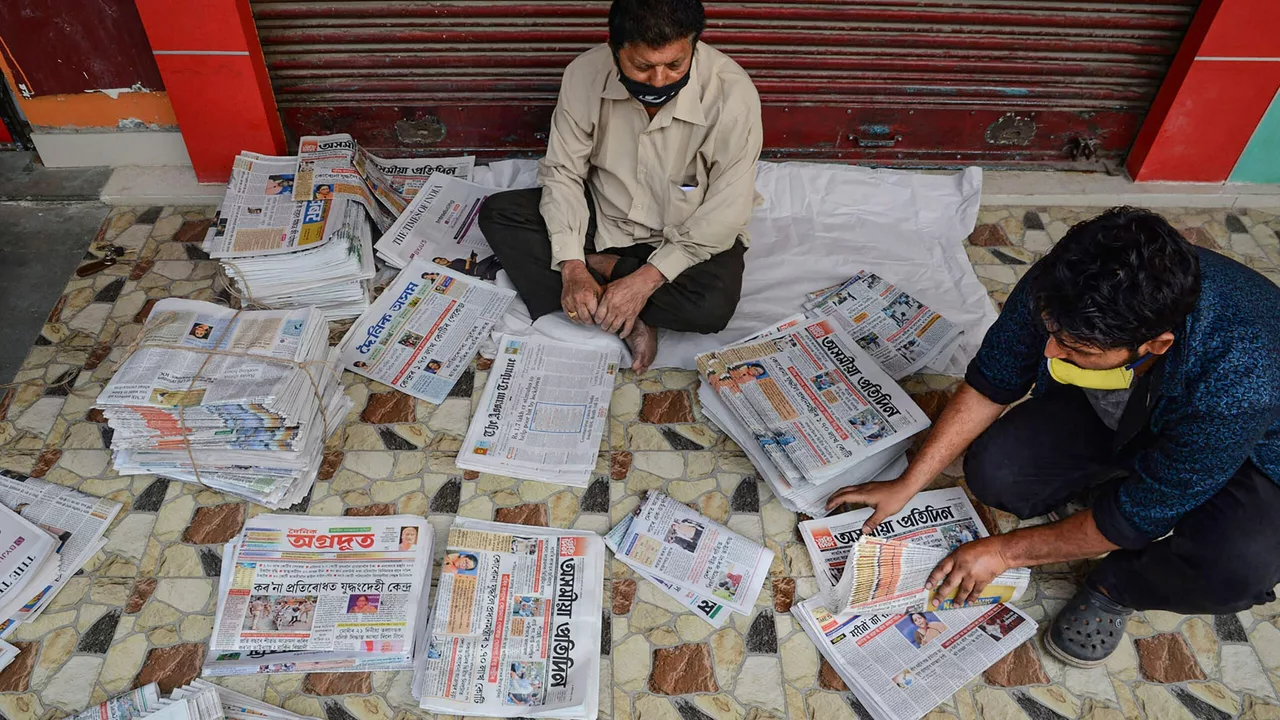Journalism Made Simple – Tips for Better Reporting
Ever wonder why some news pieces grab your attention while others fall flat? It usually comes down to a few basic habits that any reporter can adopt. In this guide we’ll break down those habits, show you how to stay trustworthy online, and give you a few shortcuts to make your stories clearer and more engaging.
Key Skills Every Journalist Needs
The first thing to master is the 5‑W‑1‑H rule: who, what, where, when, why, and how. Write them down before you start typing. This keeps you from wandering off‑topic and makes sure your reader gets the full picture right away.
Next, practice the inverted pyramid. Put the most important facts in the opening paragraph, then layer supporting details underneath. Editors love it because they can trim from the bottom without losing the core story.
Listening is just as crucial as writing. When you interview someone, let them finish a thought before you jump in. A simple "Tell me more about that" often uncovers details you didn’t expect and gives your piece authenticity.
Finally, get comfortable with basic data tools. A spreadsheet can turn raw numbers into a clear chart, and a quick Google search can verify a claim in seconds. The more you can back up statements with hard evidence, the stronger your story becomes.
How to Stay Credible in the Digital Age
Online, misinformation spreads faster than ever. Your credibility hinges on two things: fact‑checking and transparency. Before you hit publish, double‑check every quote, statistic, and source. If something feels off, chase it down – a quick phone call can save you from an embarrassing correction later.
When you use social media posts or user‑generated content, always note the source and date. Readers appreciate a simple line like "According to a tweet posted on July 12…" because it shows you’re not just pulling info out of thin air.
Another tip: admit what you don’t know. If a detail is still pending, write "We are awaiting comment from…" instead of guessing. This honesty builds trust and often prompts the missing party to respond faster.
Lastly, keep your headlines honest. Click‑bait may bring a quick spike in traffic, but it also damages long‑term reputation. A clear, accurate headline tells readers exactly what to expect and reduces bounce rates.
Putting these habits into practice takes a little effort, but the payoff is worth it. Your stories will be tighter, your sources will respect you more, and readers will keep coming back for reliable news. Ready to give it a try? Grab a notebook, pick a local event, and apply the 5‑W‑1‑H, inverted pyramid, and fact‑check routine. Watch how quickly your reporting improves.
What are some of India's best newspapers and why?
Oh, lovely folks! Let's embark on an exhilarating journey through the vibrant world of Indian newspapers. The Times of India, with its impeccable coverage of events, is like that know-it-all friend we all secretly wish we had. Then there's The Hindu! Ah, it's like the wise old grandma, delivering fact-filled news with a side of strong ethics. The Indian Express, on the other hand, is like a tenacious detective, unearthing deep truths with its investigative journalism. And who could forget the Economic Times? It's the Wall Street of India, helping us make sense of the thrilling roller coaster that is economics!





